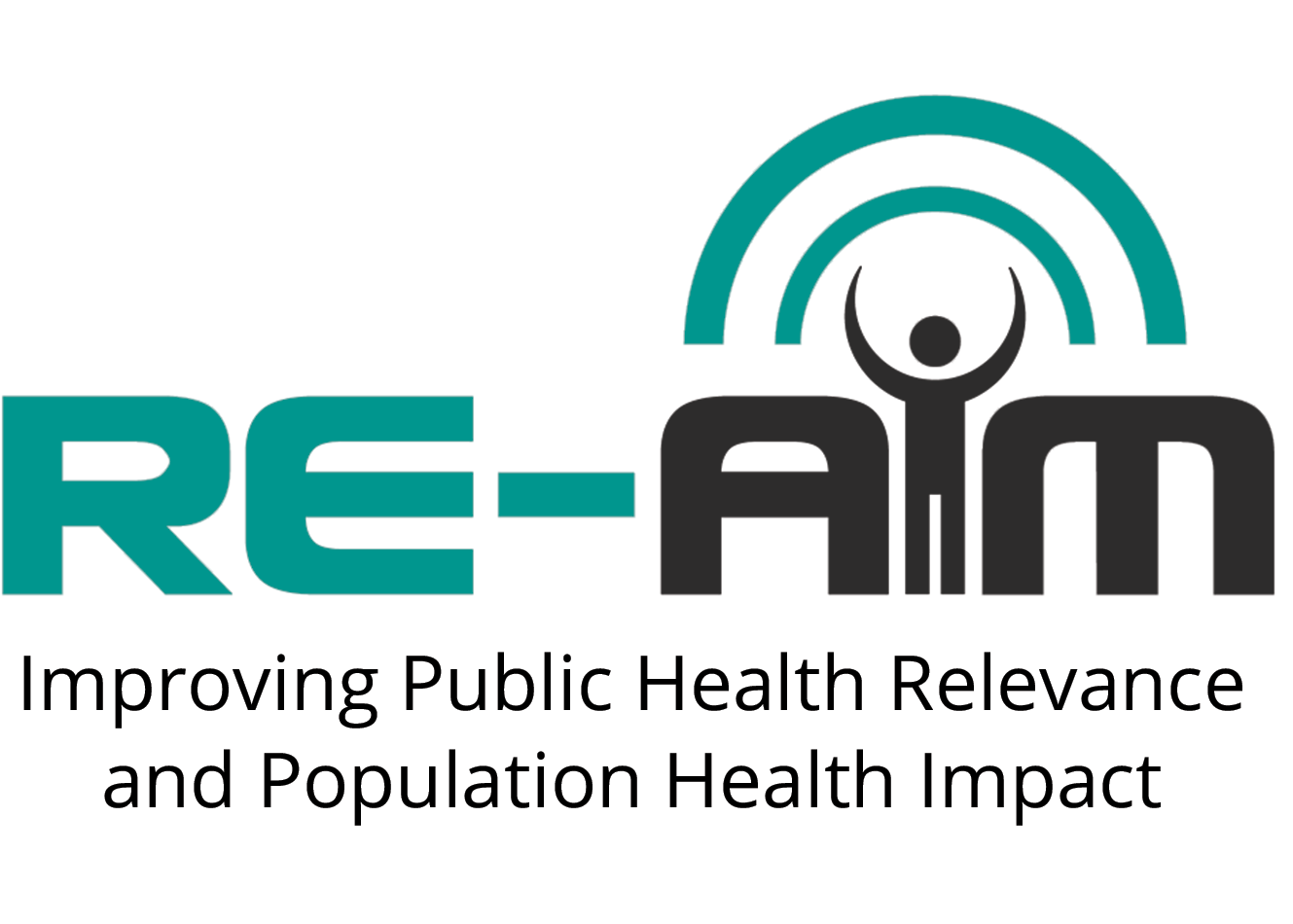Why use PRISM?
PRISM was developed to provide a set of contextual factors that are hypothesized to influence RE-AIM outcomes. For practitioners and scientists that have used RE-AIM as a planning and evaluation framework, PRISM matches the multi-level structure of RE-AIM to include the perceptions and characteristics of people who are intended to benefit from an intervention, the staff that are expected to implement an intervention, and the organizations or systems that are expected to adopt, implement, and maintain an intervention. This matching helps to make connections between context and critical outcomes of reach, effectiveness, adoption, implementation, and maintenance. PRISM also provides contextual factors that can be used to characterize barriers and facilitators (e.g., contextual determinants, moderators) of reach, effectiveness, adoption, implementation, and maintenance. As such, PRISM is excellent to include in the planning and ongoing evaluation of interventions in scientific, community, or clinical contexts. Check out the pages that describe each of the PRISM constructs to see how each may apply to your work.
